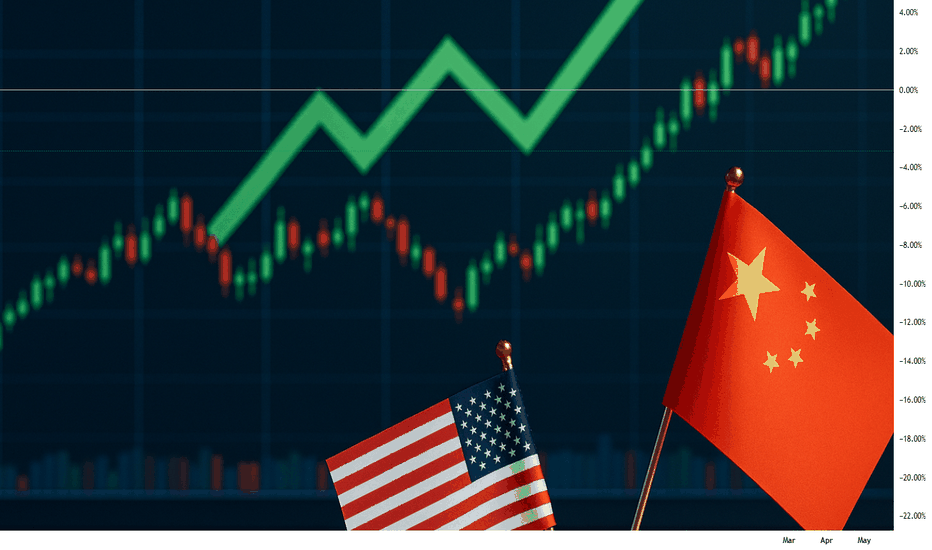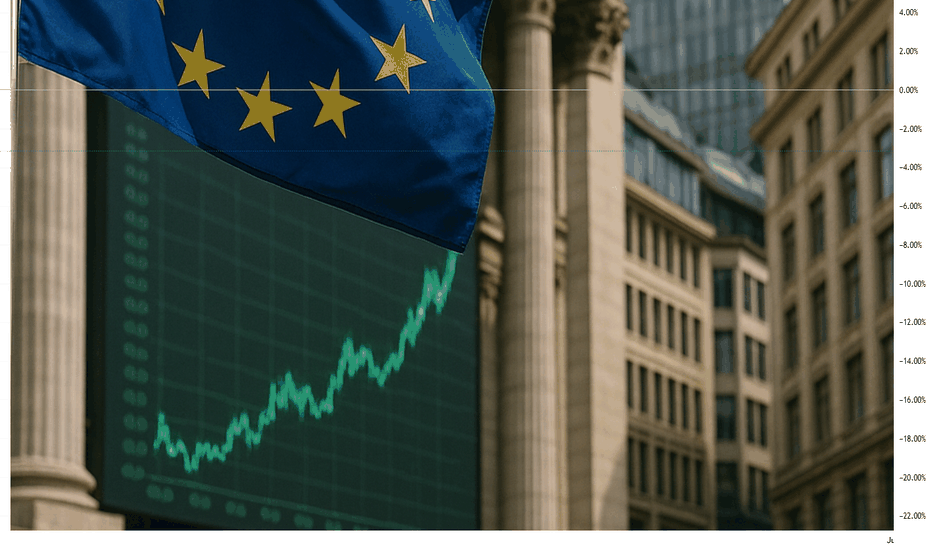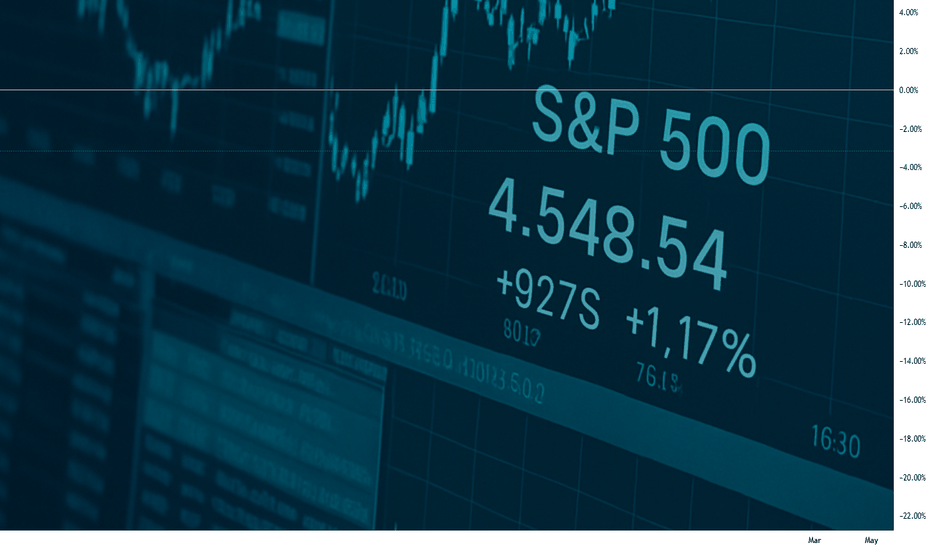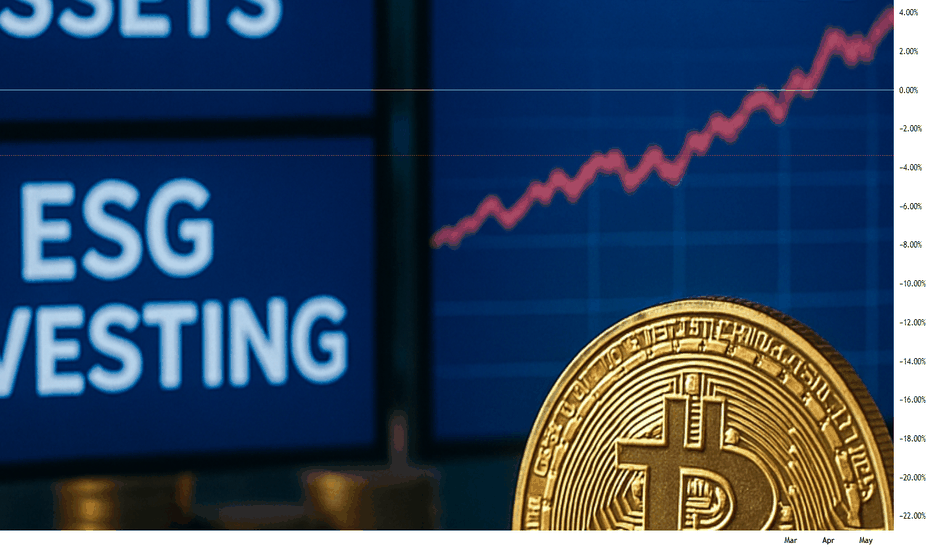Global Markets Anticipate the End of the Trade WarFinancial markets around the world are closely monitoring developments related to the prolonged trade conflict between the world’s largest economies. For several years, investors, analysts, and multinational corporations have operated in an environment clouded by uncertainty, driven by tariffs, sanctions, and disruptions to global supply chains. However, there are now growing signs that tensions may be easing, with a possible resolution to the conflict on the horizon.
Reasons for Cautious Optimism
Recent rounds of negotiations between key global powers — particularly the United States and China — have shown a modest yet positive trajectory. Despite ongoing disagreements on strategic issues, both sides have begun to signal a willingness to compromise. Meanwhile, mounting international pressure from allied nations, who are eager to see a return to trade stability, is contributing to the momentum.
Economic necessity is also playing a significant role. In the wake of the pandemic-induced downturn and global inflationary trends, many countries are seeking to revitalize exports and restore normal trade flows. This makes reaching an agreement not only politically advantageous but economically essential.
Market Reactions
Global financial markets, highly sensitive to geopolitical developments, are beginning to show signs of stabilization. Stock indices across Asia, Europe, and North America are experiencing moderately positive trends, especially as rumors circulate about potential tariff reductions or interim agreements. Companies that depend heavily on international supply chains — particularly in the technology, automotive, and industrial equipment sectors — have seen their share prices rise.
That said, experts caution that these positive expectations are still fragile. Any setback in negotiations or unexpected political developments could reignite tensions and send markets back into volatility.
What Lies Ahead?
The conclusion of the trade war will be a gradual and complex process, requiring political will, sustained diplomacy, and a careful balancing of strategic interests. Yet it is already clear that the global economy is in dire need of stability. Businesses are craving predictability, while consumers seek price stability and product availability.
If negotiations ultimately succeed, we could witness accelerated economic growth, renewed investor confidence, and a surge in global capital flows. However, if talks break down, markets may need to brace for a prolonged era of trade fragmentation and economic friction.
NDAQ trade ideas
European Stocks Rise Amid Positive NewsEuropean stock markets are experiencing a steady rise, buoyed by a series of encouraging developments that have boosted investor confidence and driven share prices higher. This wave of optimism is being fueled by both internal economic signals and an improving global environment, including stabilized interest rates and signs of a business rebound.
What's Driving the Growth?
One of the primary catalysts behind the rally is recent economic data showing a slowdown in inflation across the eurozone, alongside a revival in consumer demand. These indicators have strengthened expectations that the European Central Bank may soon pivot from a tight monetary stance to a more accommodative approach. Investors have welcomed these signals as evidence that the regional economy is adjusting well to challenging conditions and avoiding a deeper downturn.
Additionally, stronger-than-expected quarterly earnings reports have played a key role in lifting stock prices, particularly in the banking, technology, and industrial sectors. Major players such as Siemens, BNP Paribas, and SAP have posted solid gains, reflecting broader confidence in corporate resilience.
Renewed Investor Interest in Europe
Improving macroeconomic indicators are drawing renewed attention to European assets. With risks appearing more contained and equity yields remaining attractive, many investors are beginning to view the region as a compelling opportunity. Stock exchanges in Germany, France, and the Netherlands have stood out, showing consistent growth and high trading volumes.
Geopolitical factors are also contributing to the market’s upbeat tone. Gradual normalization of trade relations with key partners and the strengthening of the euro on foreign exchange markets are adding to investor enthusiasm.
What’s Next?
Analysts suggest that if current trends continue, European indices could reach new yearly highs. Key factors to watch in the near term include upcoming central bank decisions and fresh data on GDP growth and employment. Nevertheless, the present sentiment points toward confidence in the ongoing recovery.
Conclusion
The European stock market is entering a phase of stable growth, driven by favorable economic indicators, manageable inflation, and an improving business climate. Positive news continues to give investors reasons for optimism, and if momentum holds, Europe could emerge as one of the top-performing investment regions in the coming months.
Stock Markets Recover Amid Inflation SlowdownAfter months of instability and concerns about high inflation, stock markets have started showing signs of recovery. The slowdown in consumer price growth has become a positive signal for investors who are cautiously but confidently returning to the market. At Nebulain, we closely monitor macroeconomic trends and note that the current rebound is not just a temporary break, but potentially the start of a new investment cycle.
Inflation Slows — Markets Respond
According to the latest data, inflation rates in key economies, including the U.S. and the EU, have begun to decline. Central banks, while remaining cautious, are softening their rhetoric and in some cases even pausing further interest rate hikes. This is creating a more favorable environment for businesses, expanding investment opportunities, and contributing to stock growth.
Markets have already responded: indexes such as the S&P 500, NASDAQ, and DAX are showing steady gains, especially in the tech and financial sectors. Investors view the current signals as an indication that the global economy might avoid a deep recession and adapt to the new conditions without losing growth potential.
Nebulain's Perspective: Opportunities Ahead
At Nebulain, we view the current market situation as a window of opportunity. The restoration of investor confidence, increased liquidity, and easing inflationary pressure create an ideal entry point for medium- and long-term investments.
We recommend focusing on the following sectors:
Technology, where the growth of AI, cloud computing, and automation continues to attract capital.
Green energy, supported by both consumer demand and government policy.
Financial services, especially in the areas of digital payments and fintech innovation.
Nebulain’s Investment Approach
Our approach to asset management remains balanced and based on in-depth analytical research. Rather than simply reacting to short-term fluctuations, we build strategies grounded in fundamental analysis and macroeconomic forecasting. With inflation easing and expectations of renewed growth rising, we maintain a diversified portfolio focused on resilience and long-term performance.
Looking Ahead
Stock markets — like the global economy as a whole — are undergoing a period of realignment. The slowdown in inflation is a major indicator, but not the only factor influencing the investment landscape. At Nebulain, we believe that a combination of technological advancement, adaptive central bank policies, and steady demand for capital provides a foundation for sustained growth.
We are ready to help our clients leverage current market trends and build a financial future rooted in reliability, innovation, and strategic vision.
Digital Assets and ESG: Market Trends 2025In 2025, financial markets are undergoing a profound transformation. The two primary forces driving this shift are the rapid expansion of digital assets and the widespread adoption of ESG principles (Environmental, Social, and Governance) in investment strategies. Together, these trends are redefining how both investors and financial institutions approach capital allocation.
One of the most significant developments is the tokenization of real-world assets. This technology allows physical assets—such as real estate, equity shares, and even fine art—to be converted into digital tokens that can be bought, sold, and traded with ease. Tokenization provides greater liquidity, lowers barriers to entry for individual investors, and introduces automation through smart contracts. In the first half of 2025 alone, the global volume of tokenized assets surpassed $450 billion, according to Digital Asset Group analysts.
Cryptocurrencies, once viewed as speculative and volatile, are now being embraced by institutional investors. Hedge funds, banks, and asset managers are increasingly allocating capital to Bitcoin, Ethereum, and stablecoins as a means of hedging risk and achieving portfolio diversification. Simultaneously, interest in decentralized finance (DeFi) continues to rise. These blockchain-based platforms offer higher returns and independence from traditional intermediaries—an appealing proposition even for risk-averse investors.
Alongside digitization, ESG investing has grown into a cornerstone of modern portfolio construction. According to the Global Sustainable Investment Alliance, more than 70% of large investment funds now integrate sustainability metrics into their decision-making processes. Companies that reduce environmental harm, promote fair labor practices, and maintain transparent governance are becoming the preferred choice for long-term investors. Green bonds and renewable energy funds, in particular, are attracting record inflows.
However, as ESG investing matures, so does scrutiny. Market participants are demanding clear standards and verifiable reporting. Regulators across the U.S., EU, and Asia are introducing mandatory ESG disclosure rules to combat greenwashing and ensure transparency. These measures are expected to reshape how sustainability is measured and reported across industries.
The convergence of digital innovation and sustainable finance is giving rise to a new class of investments—tech-enabled and socially responsible. Investors are increasingly using platforms that combine analytics, artificial intelligence, and ESG filters to identify assets that align with both financial performance and ethical values.
In conclusion, 2025 marks a pivotal year in the evolution of financial markets. Technology and sustainability are no longer separate trends; they are becoming the new standard. Those who embrace this shift are likely to be best positioned to thrive in an increasingly complex and interconnected investment landscape.



